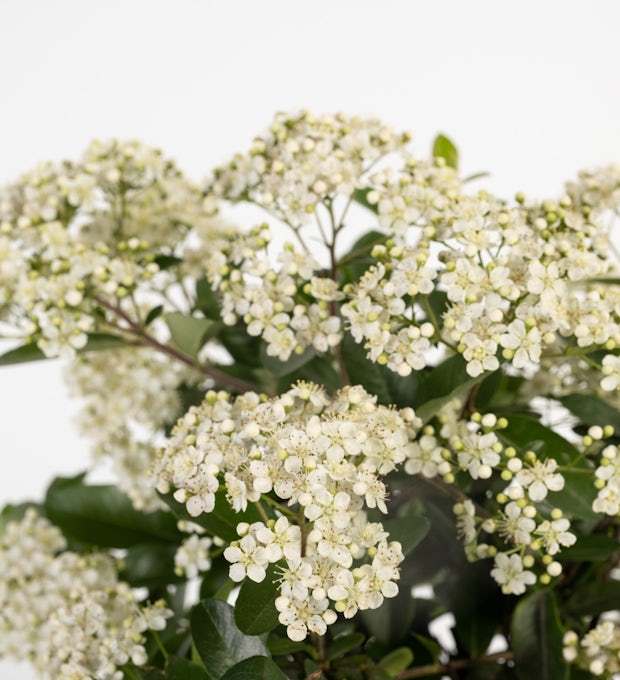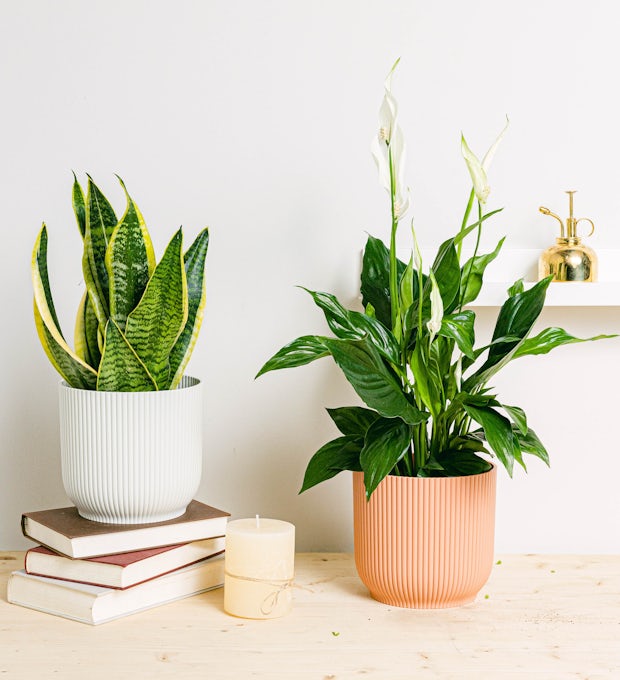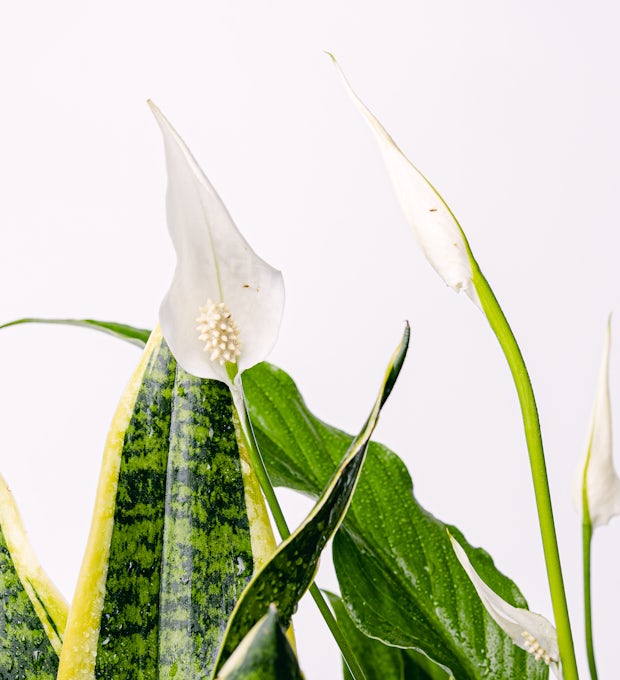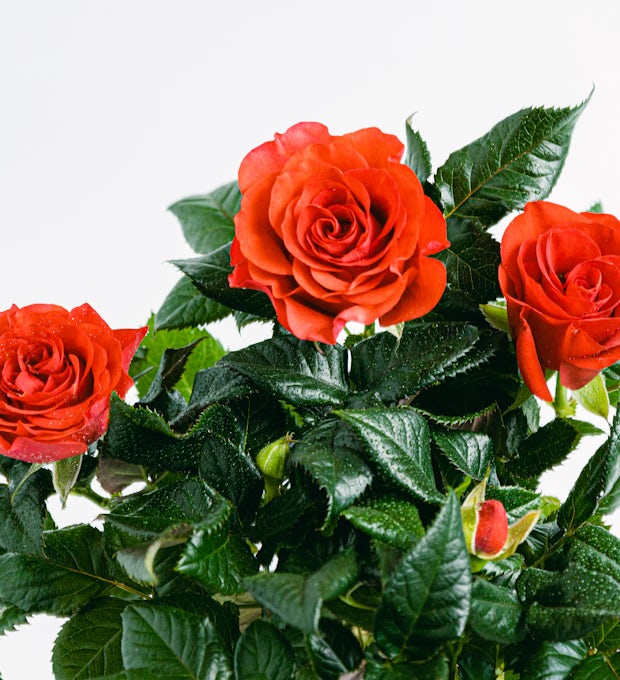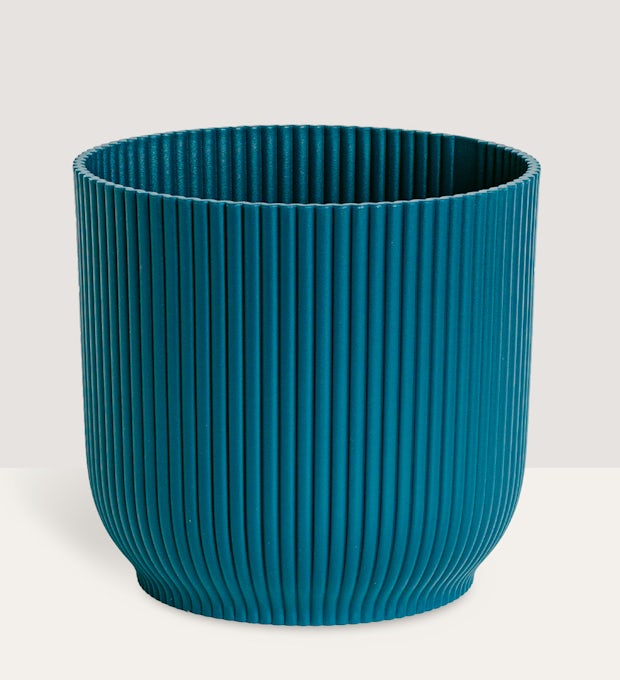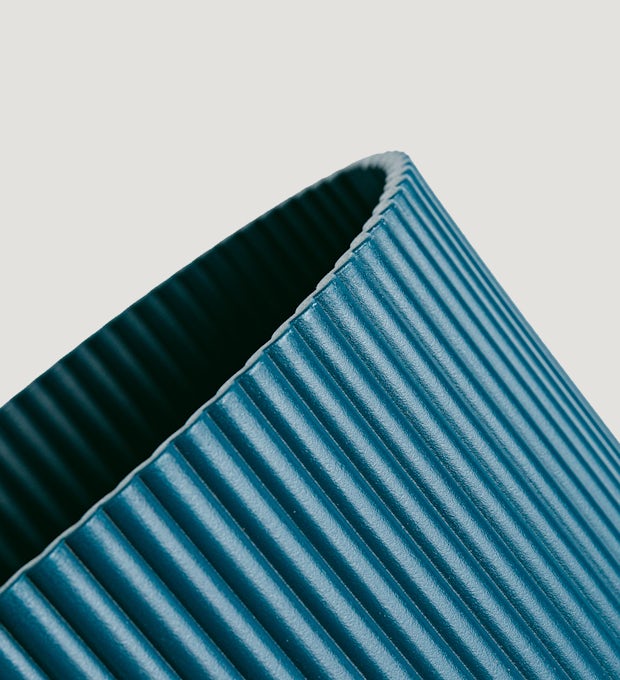In this article, we'll talk about one of the most popular houseplants: the water stick. If you're thinking about having one in your home or already have one and want to know how to take care of it properly, you're in the right place. One of the most important factors for the healthy growth of any plant is the substrate it is in. Therefore, we will teach you how to choose the perfect substrate for your waterstick and how to prepare it properly so that you can ensure that your plant has the ideal conditions to grow. In addition, we will also give you some tips on watering, fertilizing, maintenance, and how to identify common problems in the growth of the waterstick. Start!
What is a water stick?
The water stick, also known as Yucca elephantipes, is a very popular houseplant due to its easy care and exotic appearance. It is native to Central and South America and belongs to the Agavaceae family. This plant has a thick, woody trunk that can grow up to three meters tall and is topped by long, pointed leaves that look like swords. The water stick also produces white or yellow bell-shaped flowers during the spring and summer months. Although it's called a water stick, this plant doesn't need a lot of moisture to survive, as it can store water in its trunk and roots. It is a hardy plant that can tolerate low light conditions and moderate drought, making it ideal for those who don't have a lot of time to care for their plants. Water stick has also been used in traditional medicine to treat various ailments, such as headaches, respiratory problems, and skin diseases. Overall, the water stick is an interesting and easy-to-care plant that can add an exotic touch to any home or workspace.
The Importance of Substrate in Water Stick Growth
The substrate is a fundamental element for the growth of the water stick. The substrate is the medium in which the roots of the waterstick develop, so it should be rich in nutrients and provide good drainage to prevent the roots from rotting. In addition, the substrate must also retain the necessary moisture to keep the roots moist without becoming waterlogged. Poor quality substrate can cause water stick growth problems, such as lack of growth, yellowing leaves, or leaf drop. Therefore, it is important to choose the right substrate to ensure healthy growth of the water stick. It is advisable to use specific substrates for aquatic plants or substrates containing perlite, vermiculite or peat moss. These materials provide good aeration and retain the moisture needed for waterstick growth. It is also important to mix the substrate with organic compost before planting the waterstick to provide the necessary nutrients for its growth. In summary, the choice of substrate is crucial to ensure healthy growth of the waterstick and avoid problems in its development.
We ship plants to all locations, you can see more options here.
Recommended Substrate Types for Waterstick
There are several types of substrates recommended for waterstick, each with its own characteristics and benefits. One of the most common substrates is potting soil, which provides good moisture and nutrient retention for healthy plant growth. Another popular type of substrate is the mixture of peat moss and perlite, which offers excellent drainage and root aeration capabilities. This substrate is especially useful for preventing waterlogging and preventing diseases caused by excess moisture. On the other hand, coco coir is also a recommended choice, as it retains moisture efficiently and provides a good balance between drainage and water retention. In addition, some gardeners opt for special substrates for aquatic plants, such as clay soil or coarse sand, which are immersed directly in water and allow proper root growth. In summary, when choosing the substrate for your waterstick, it's important to consider its specific needs, such as moisture retention, drainage, and root aeration. Each type of substrate has its own advantages, so it's a good idea to try different options and find the one that best suits your plant's conditions.
We ship plants to all locations, you can see more options here.
How to Prepare the Substrate for Your Water Stick
How to Prepare the Substrate for Your Water Stick
Proper substrate preparation is essential to ensure healthy and vigorous growth of your waterstick. To begin with, it is important to select a substrate that is rich in nutrients and has good water-holding capacity. A recommended option is to use a mixture of potting soil, peat moss, and perlite, in equal proportions. The potting soil will provide the necessary nutrients, the peat moss will help retain moisture, and the perlite will improve the aeration of the substrate.
Before using the substrate, it is advisable to sterilize it to eliminate possible diseases or pests. You can do this by placing the substrate on an oven-safe tray and heating it to 180 degrees Celsius for about 30 minutes. This way, you'll be sure to provide a clean environment free of harmful agents for your plant.
Once you've sterilized the substrate, you can add some supplements to further improve its quality. For example, you can mix in some organic compost or vermiculite to enrich the substrate with additional nutrients. You can also incorporate some slow-release fertilizer according to the manufacturer's instructions.
Once you've prepared the substrate, make sure to completely fill the pot of the water stick with it. Lightly press the substrate around the stem to provide stability for the plant. Finally, water thoroughly to make sure the entire substrate is well hydrated.
Remember that each water stick is unique and may require different care and specific substrates. See how your plant responds to the substrate used and make any necessary adjustments if necessary. With proper substrate preparation, you'll be providing the best conditions for your waterstick to grow strong and healthy.
Tips for watering and fertilizing the water stick
To maintain a healthy water stick, it's important to pay attention to its watering and fertilization. As for watering, the water stick needs water regularly, but not excessively. It is important to avoid making the soil too wet, as this can lead to root rot. Therefore, it is advisable to water the water stick once a week, or when the soil is dry to the touch. Additionally, it is important to make sure that the pot has drainage holes to allow excess water to escape.
When it comes to fertilization, the water stick needs nutrients to grow and develop properly. It is recommended to use a balanced liquid fertilizer once a month during the growing season (spring and summer). It is important to follow the manufacturer's instructions and not overfertilize, as this can damage the roots of the water stick. It is also advisable to use organic fertilizer to provide additional nutrients and improve the quality of the substrate.
It's important to note that watering and fertilizing are important aspects of waterstick care, but they're not the only ones. You need to keep an eye on other factors such as light, temperature, and humidity to make sure your water stick grows healthily. By following these tips for watering and fertilizing, along with other proper care practices, you can help ensure optimal waterstick growth.
How to Identify Common Problems in Water Stick Growth
To keep a water stick healthy and growing, it's important to keep an eye out for common issues that can affect it. One of the most common problems in waterstick growth is root rot. If the leaves turn yellow and fall off easily, this may be a sign that the roots are damaged. Another sign of root rot is if the plant appears wilted, even after proper watering. If you suspect root rot, you should carefully remove the plant from the substrate and check the roots for dark and mushy roots. If this is the case, you'll need to prune the diseased roots and repot the waterstick in a fresh substrate.
Another common problem in waterstick growth is pest infestation. Pests such as spider mites, aphids, and thrips can damage the leaves of the waterstick and make it look unhealthy. If you notice small spots or cobwebs on the leaves, this may be a sign of a mite infestation. Aphids, on the other hand, can cause leaves to curl and become misshapen. To treat these problems, you can use insecticides specific to each type of pest.
In short, keeping an eye out for common problems in waterstick growth is crucial to maintaining a healthy plant. Root rot and pest infestation are two common problems that must be treated quickly to prevent further damage to the plant.
Basic Water Stick Maintenance: Tips & Tricks
Basic maintenance of the waterstick is critical to ensure its optimal health and growth. Here are some tips and tricks for taking care of your plant. First of all, it is important to place the water stick in a place with indirect light, avoiding direct exposure to the sun, as this can burn its leaves. In addition, it is advisable to maintain a constant temperature between 18°C and 24°C to ensure their well-being. When it comes to watering, it is essential to avoid overwatering, as the waterstick prefers slightly dry soils between waterings. A good trick is to stick your finger into the soil to check the humidity before watering again. On the other hand, it is important not to forget to fertilize the plant every two months during the spring and summer, using a balanced liquid fertilizer. This will help keep your leaves green and vibrant. Finally, pay attention to common problems that can affect the growth of the waterstick, such as the appearance of yellow spots on the leaves or the presence of pests. If you notice any abnormal symptoms, consult a plant specialist for proper treatment. By following these tips and tricks, you will be able to keep your water stick in perfect condition and enjoy its beauty in your home or office.
In short, choosing the right substrate for your waterstick is critical to ensuring its healthy growth. Knowing what a water stick is and understanding the importance of the substrate in its development, we can select the recommended types and prepare them appropriately. Additionally, it's essential to consider watering and fertilization, as well as identify and fix common issues that may arise. Finally, basic waterstick maintenance requires constant attention and care. Beyond these practical tips, however, it's important to remember that every plant is unique and may respond differently to the same care. Therefore, I invite you to experiment and observe your waterstick with curiosity, adapting your care according to its individual needs. The relationship with plants always offers constant and fascinating learning. What other secrets will you discover along the way?

